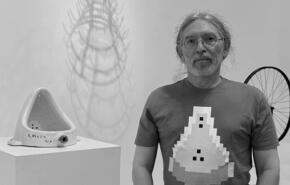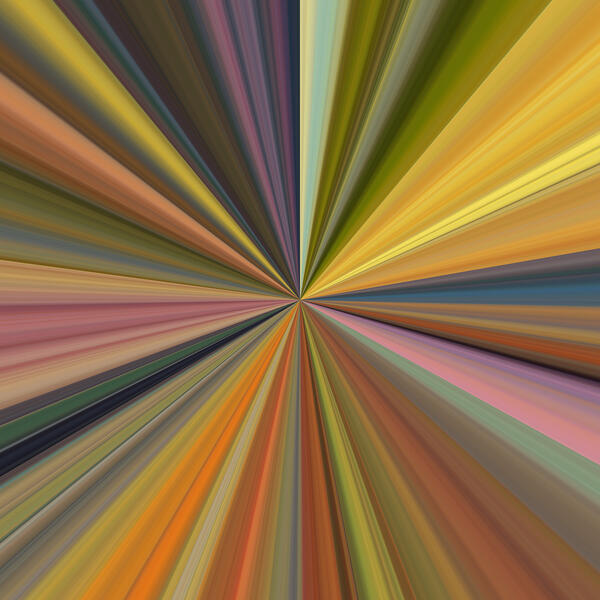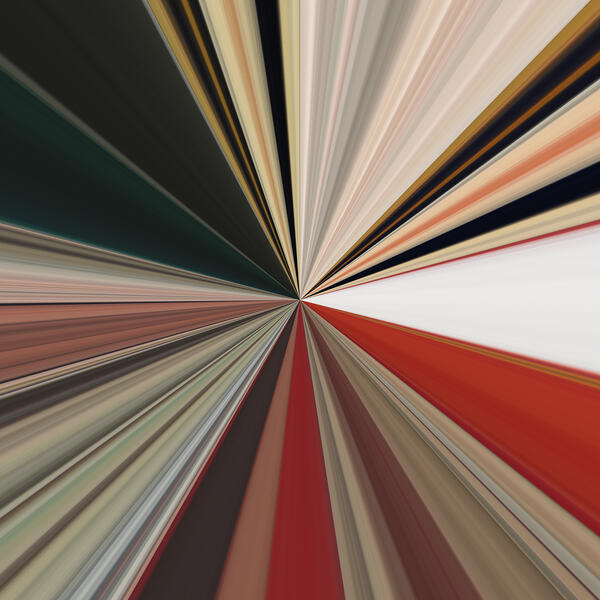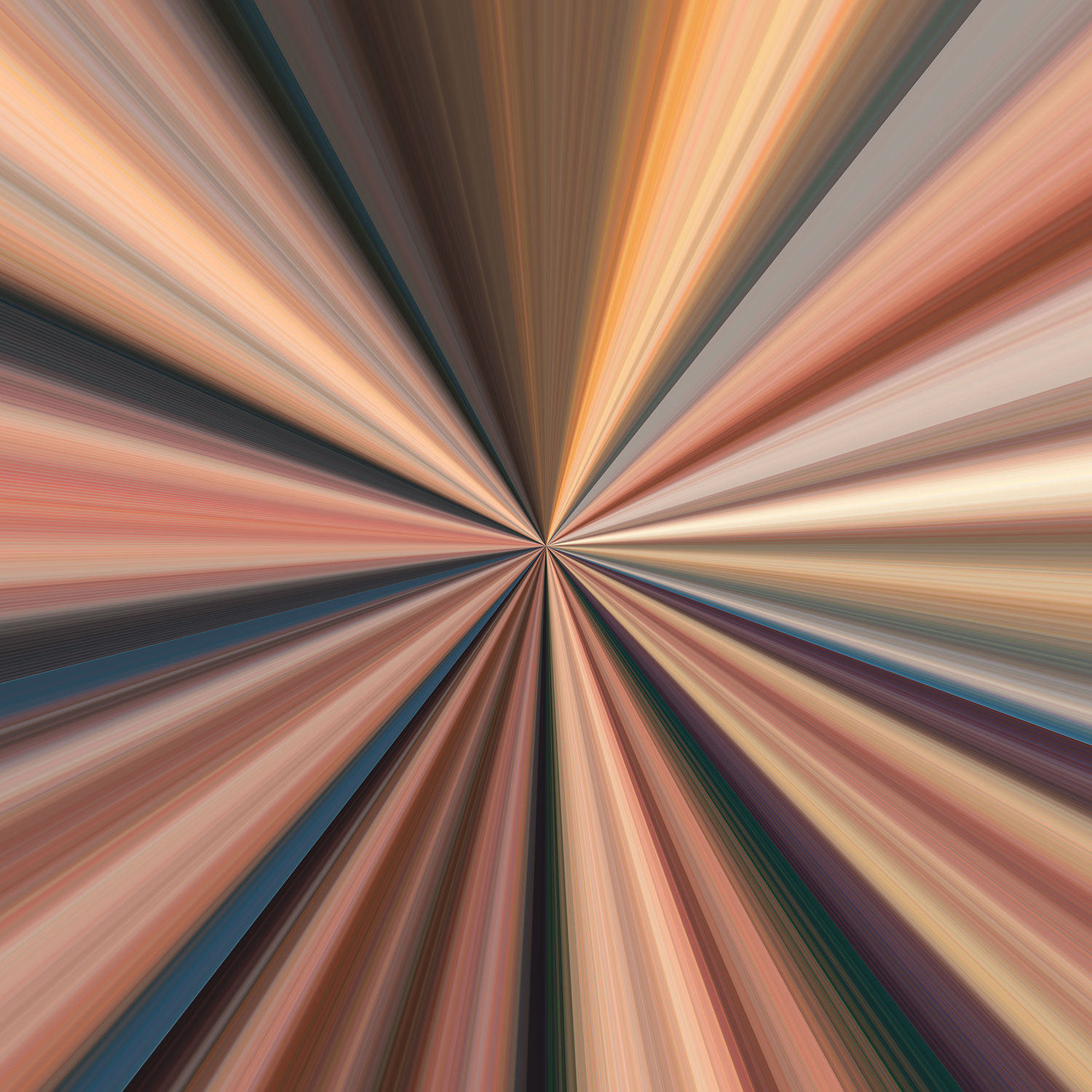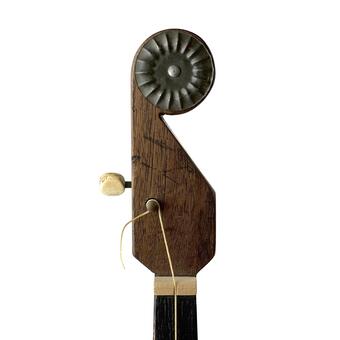EGO
If every artist finds his measure of “Ego” in art, I’ll be the first to say that I don’t have enough of it. Thus, I decided to create an artificial ego whereby I harvest the ego of other artists known for theirs. What if, much like an X-Ray or MRI, one can replicate something intangible, undetectable, and in many cultures, still imagined? If, as Freud has written, the ego represents the building block of a modern artist’s creativity, what might the visual expression of it look like today?
My process to find out is as follows: Let’s assume that Paul Gauguin worked full throttle with a splash of adrenaline, adding a personal temperament to his choice of colors. A Google search provides a random order to his creative oeuvre. I then define the arithmetic average color of each of those paintings. I arrange these new colors back together according to Google’s original search pattern. Lastly, I apply an imagined centripetal force to each image, reworking the striking colors of Gauguin to rush to the center of my new artificial “Ego.”
The result of which I hope, parallels the ego’s desire to be seen, heard, and viewed in a dynamic, fantastical light. Did I erode his adrenaline? Neutralize his emotions? Is his genius still evident? Or is this just an alternative way of looking at something seen and unseen?
